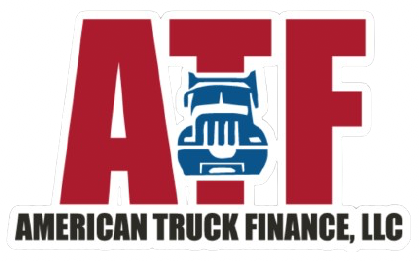Info@amtruckfinance.com
Debunking Common Myths About Truck Leasing: Separating Fact from Fiction

In the realm of the trucking industry, leasing has long been a popular method for acquiring commercial vehicles. However, amidst the widespread adoption of truck leases, several misconceptions and myths have taken root. Let's delve into some of the most common truck lease myths and uncover the truths behind them.
Myth 1: Leasing Is Only for Large Fleets 🛣️
Reality:
Contrary to popular belief, truck leasing isn't solely reserved for large fleet operators. Both small and large businesses can benefit from leasing. Whether you're an independent owner-operator or managing a small fleet, leasing offers flexibility, manageable payments, and potential tax advantages.
Myth 2: Leasing Is More Expensive Than Buying 💸
Reality:
The cost-effectiveness of leasing versus buying largely depends on individual circumstances. While purchasing a truck outright might seem cheaper initially, leasing often involves lower monthly payments and requires minimal upfront costs. Moreover, leasing can potentially provide tax benefits, contributing to long-term savings.
Myth 3: Leasing Means Less Control Over the Vehicle 🎛️
Reality:
One of the prevailing myths is that leasing restricts control over the truck. However, lessees have significant control and usage rights over the leased vehicle. Lessees can customize the truck to fit their needs, use it for specific routes, and retain control over maintenance and operation throughout the lease term.
Myth 4: Leasing Offers No Flexibility 🔄
Reality:
Flexibility is a key feature of truck leasing. Lease agreements can be tailored to suit individual needs, including lease duration, end-of-term options, and monthly payment requirements.
Myth 5: Leasing Locks You into Long-Term Commitments 🤔
Reality:
Contrary to the misconception that leasing only offers lengthy and inflexible commitments, truck leases often come with adaptable terms. While longer lease durations exist, businesses have options for shorter lease periods, allowing for greater flexibility. This enables lessees to assess the suitability of the arrangement before committing to extended contracts.
In Conclusion 📝:
Truck leasing myths often stem from misconceptions and generalizations. The reality is that leasing offers a range of benefits, including cost-efficiency, flexibility, and control over the leased vehicles. To make informed decisions, it's crucial for businesses to dispel these myths and understand the specifics of truck leasing based on their unique needs and operational requirements.








Contact Information
Phone: 720-287-8633
Email: info@AmTruckFinance.com
Address: 6970 Eudora Drive Commerce City, CO, 80022


